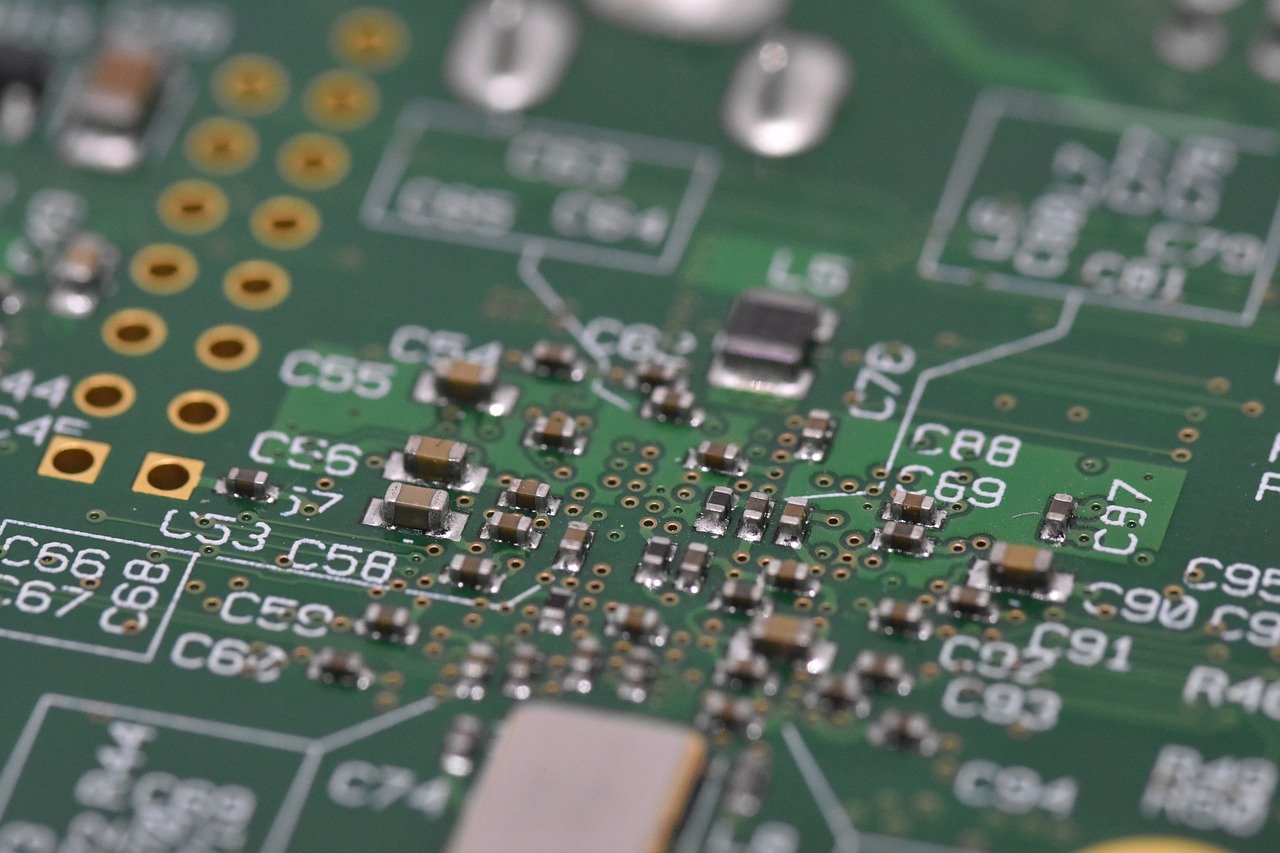AMD made headlines in AI lately, not in bridging the gap with Nvidia, but to disrupt the industry. Last week, AMD has announced that its big language models with one billion parameters perform pretty well. This is a big deal, especially when you think about how long Nvidia has already been in this space. Certainly, AMD is making some strides in AI quickly, brought about by the leadership of CEO Lisa Su and CTO Mark Papermaster, who have gone out and made big acquisitions in terms of talent and technology, all in an effort to catch up with AI.

While Matt Nvidia stood up and took nearly two decades to develop its AI platform, comparatively cheaper AMD managed to rise to the challenge and create its powerful solutions in only half of the time. This could lead to the market to be upended. Yet with groundswell demand for AI services still not having been met, there is room for both Nvidia and AMD to coexist in this space that is witnessing too much.
But yet, ambitions within AMD are not stopping over there. There are talks that it might consider merging with Intel—a destiny that could redefine the tech space altogether.
Chatham AMD: AI Running with Its Head Held High
Once Nvidia had provided its brainpower to OpenAI and its ChatGPT and to Microsoft for Copilot, it seemed that the AI race was pretty much over. It was generally assumed that Nvidia had set the stage for its dominance in artificial intelligence, and catching up with them seemed a far-off possibility.
Nevertheless, AMD simply overheeded all that talk. Instead of waiting aimlessly for the opportunity to present itself, AMD scripted a third-way: the strategic acquisition of Silo.AI—a company that is known for housing the group of an AI-tastic people. This move solidified its presence in AI and further impressed AMD’s name into a market aptly named a field of gelding. Put your head on the block just to make sense of the AI market—What have you got to say here?
Quick and hasty releases failed many in the AI industry. AMD’s focus was quality and innovation at a time when no one else provided. Whereas Nvidia went organic in its rise as the leader in AI, AMD has been smartly acquisitive. Nvidia never had good acquisition options as it was the pioneer in the AI sphere.
The AMD tablet shows Intel as its biggest processor competitor, and now it is just one step behind Nvidia. They are now competing neck and neck for every AI opportunity open to them.
Can AMD and Intel merge?
In addition to the fact that AMD has had great success with AI, the company is trying to secure itself a place in the data center field that Intel dominated up until recently. The swift growth in this sector on the part of AMD has come as a bit of a surprise, and it’s a testament to the fact that Intel CEO Pat Gelsinger is struggling to fight the uphill battle that will make things right.
Now the U.S. government comes into the picture. According to the country’s security concerns, Intel is considered “too big to fail,” and this is why the state is discussing pushing a merger between AMD and Intel, the hope being for AMD to takeover both companies with Intel’s manufacturing lines spun out into a newer entity. This would definitely align the playing field for both companies and keep them adequately equipped for grappling with the AI threats from China and other players globally jumping on the burgeoning tech wave.
One might observe that the merger would in essence result in eliminating their operational inefficiencies panting for the rivals in terms of beefing up the concentration against global competitors like Huawei who has been making significant progresses on AI despite the U.S. sanctions. Intel, on the other hand, would also give strength to the domestic processor manufacturing endeavors of the USA, seen as a main strategic ace in its hat.
A merger will create a potent new force, combining AI leadership of AMD with the manufacturing prowess of Intel. Such collaboration could serve to pool resources and the focus needed to keep ahead in the competition, at a time when the United States is losing edge to China.
Summing Up: Head-to-Head on the AI Front
Technology’s pace is speeding up, and companies are scrambling to race to develop AI solutions with stakes higher than ever before in history. While the U.S. is currently a world leader in AI, China is racing toward that top spot. However, numerous players can emerge with unprecedented levitation in this fast-moving landscape, and AMD seems set to fit in as an entity.
Therefore, with smart acquisitions and an focus on innovation, AMD has not only caught up with Nvidia but has also made a name for itself in AI sectors. With these potential implications, the merger with Intel could make AMD a bigger player in the industry. As AI snowballs to further advancements, more likely is the fact that AMD would become a name worth hearing of in the years to come.
Talking about the future and AI, I believe that one particular tool that has been immensely helpful to me is Google Gemini. Using the basic version for free or I can spend $20 per month upgrading to Gemini Advanced, which is paramount for helping me generate images to accompany my writing. Playing with the Google-backed AI was not without a learning curve for me in starting simple with learning prompts and went to an AI norm for assessing good image content based on the presented instructions. It was fun to use Gemini Advanced! I recently enjoyed watching an animated image created via the program of a stunning anime girl fighting with a monster in space and riding her flying car, which looked precisely my thought in my mind.
With the burgeoning software such as Gemini and top companies such as AMD entering the AI sector like they are making great strides, the time ahead promises to be very exciting. 2025 is getting a grand buildup of AI, be it via acquisitions, mergers, or innovative practices.



